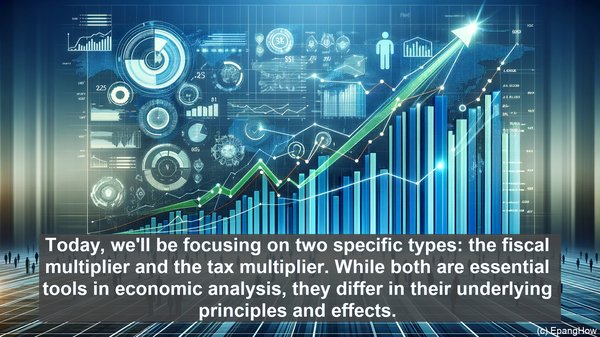Introduction: The World of Multipliers
Hello, everyone! Welcome to our article on the fascinating world of multipliers. Today, we’ll be focusing on two specific types: the fiscal multiplier and the tax multiplier. While both are essential tools in economic analysis, they differ in their underlying principles and effects. So, let’s dive in!
Defining the Fiscal Multiplier
The fiscal multiplier measures the impact of changes in government spending on overall economic output. It quantifies the extent to which an initial injection of funds by the government leads to subsequent increases in GDP. A higher fiscal multiplier implies a more significant boost to the economy.

Understanding the Tax Multiplier
On the other hand, the tax multiplier focuses on the effects of changes in taxation. It gauges how alterations in tax rates or policies influence consumer spending, business investments, and, consequently, the overall economy. Similar to the fiscal multiplier, a higher tax multiplier indicates a more substantial impact.
Calculating the Multipliers
The calculation of both multipliers involves complex economic models. However, in simplified terms, the fiscal multiplier is derived by dividing the change in GDP by the change in government spending. Meanwhile, the tax multiplier is obtained by dividing the change in GDP by the change in taxes.

Implications and Limitations
While the multipliers provide valuable insights, they are not without limitations. For instance, they assume certain economic conditions, such as a constant interest rate or a closed economy. Additionally, the multipliers’ accuracy can vary depending on factors like the type of spending or taxation being analyzed.
